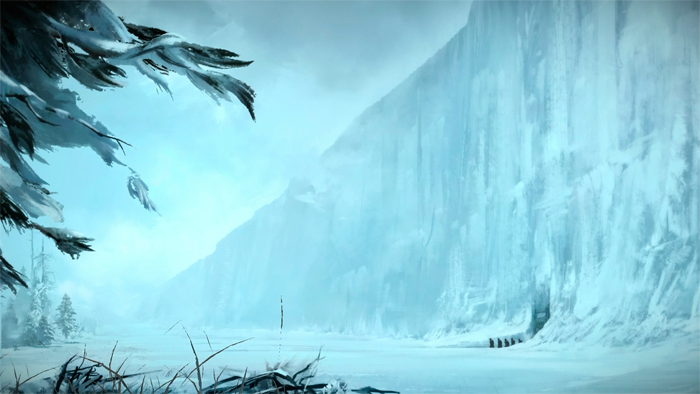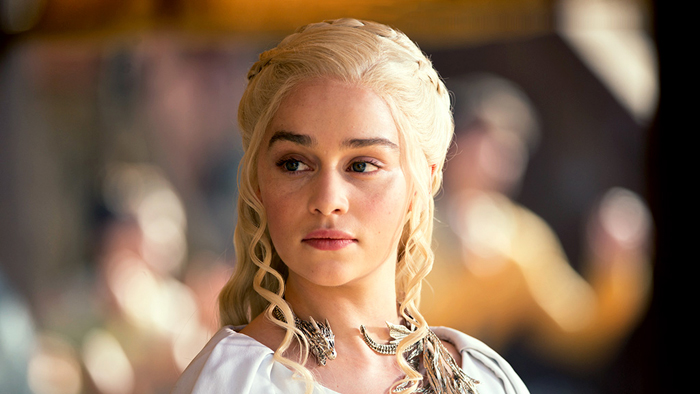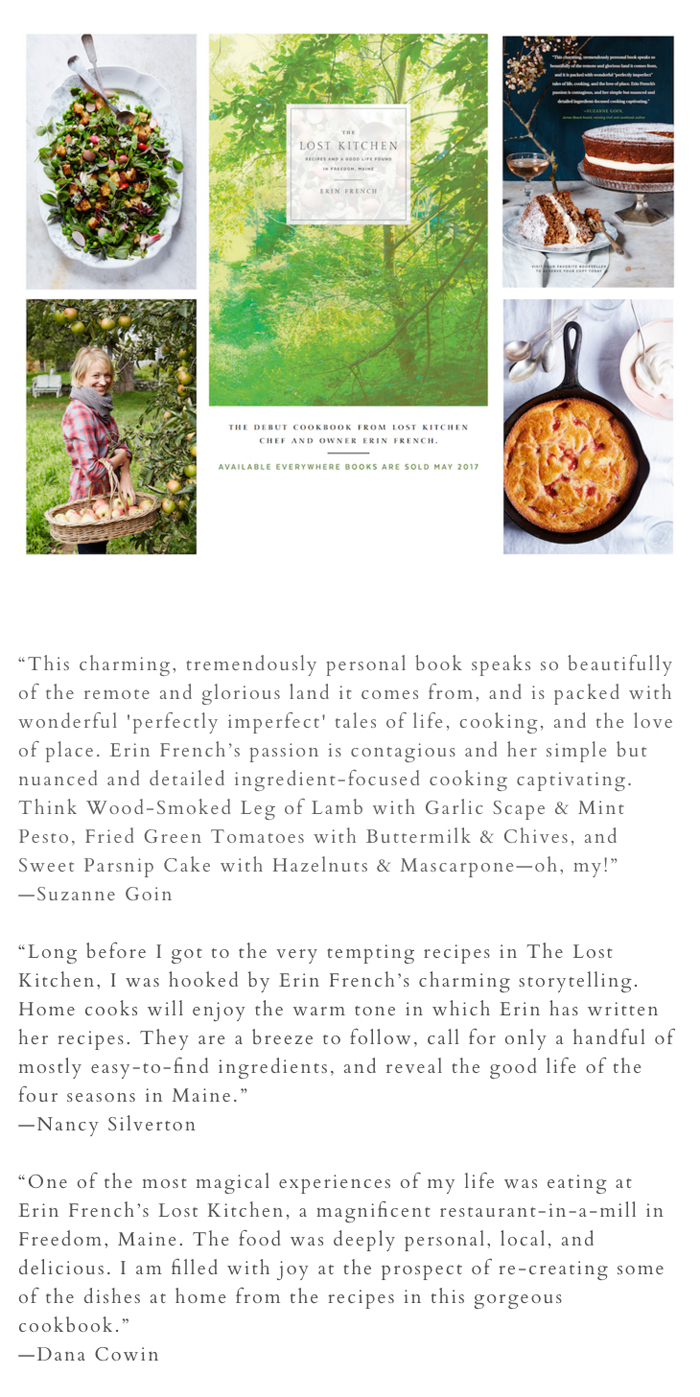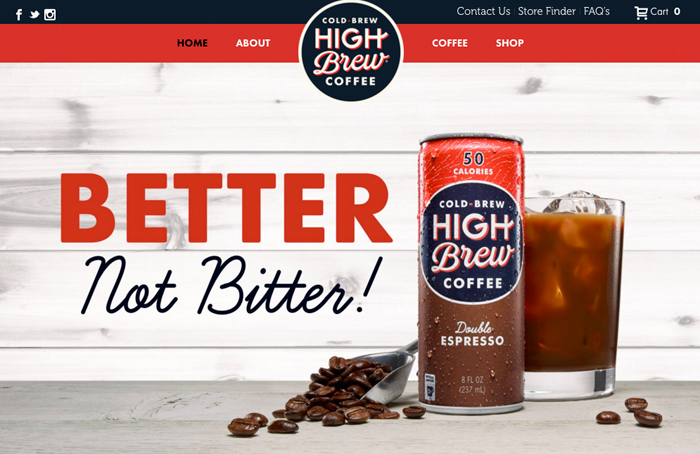What Game Of Thrones Can Teach Us About Brand Story
Imagine having 10.1 million sets of eyes focused on your brand story. That’s an audience any company would kill for, and it just so happens to be the number of people who tuned in to watch the season seven premiere of HBO’s Game of Thrones [1]. Were you one of them? We certainly were.
The series is addictive, one of the most-watched pieces of television in history, and it didn’t achieve that status by accident. As you may know, it’s based on a series of fantasy novels by author George R. R. Martin, which focus on a deeply complex, highly compelling plot that interweaves multiple families, locations and warring social groups.
Game of Thrones has become one of the most captivating series of our time—but how?
It all comes down to the story. As brands, we can take away six key lessons on brand story from the hit TV series (warning: mild spoilers ahead). If you’re struggling to articulate your enthralling brand story, feel free to get in touch and ask about our Stellar Stories™ brand-building service. It enriches your brand with meaning so you stand out, attract your perfect audience and build trust amongst your ideal customers. Meantime read on because the story building guide below will enable you to develop your brand story a lot faster and more effectively.
Top 6 Tips for Building a Great Brand Story
1. A powerful brand story has a central theme
Remember being asked to identify the theme of a work of literature back in primary school? This isn’t too far off from your theme as a business owner. The theme serves as the ‘why?’ behind the story. It’s a specific problem that needs solving, expressed through your brand’s unique lens.
Game of Thrones has dozens of distinct plot lines, but they all centre around a single unifying theme: the quest for ultimate power. It’s the common thread that ties the whole story together. Whether we’re watching the Freys and Boltons carry out the infamous Red Wedding or waiting on the edges of our seats as the White Walkers advance, it all ties back to the unifying theme.
Related: Brand Stories: 5 Compelling Examples That Sell Themselves
For entrepreneur Noa Santos, that theme was creating a new business model for interior designers [2].
While Santos was working at a large New York design firm, he identified a highly specific problem: without a massive budget, many home and business owners were unable to afford design services. Similarly, smaller designers who were just starting out had trouble getting their foot in the door and couldn’t command the same large fees charged by the big design houses.

Image via Homepolish
Santos set out on a quest to redefine the established service model in the industry and bridge the gap between these two groups of people. It became his brand mission, and the result was the founding of his company, Homepolish.
2. Circumstances set the scene for the audience in every strong brand story
The circumstances of your brand story are what help set the scene and draw the audience in for the narrative ahead. These are the where, when and how and that give your story context and help the audience relate.
In a series as complex as Game of Thrones, clearly defining these circumstances is essential to avoid confusion among the audience. The Wall is one such example.

Image via Game of Thrones, The Wall – Wikia
On a surface level, it’s a physical place: a tall, foreboding wall of ice. On a secondary level, it also holds layers of meaning: it’s what keeps the White Walkers out of Westeros (well, it was) and it’s where the Night’s Watch do their bidding. All the viewer has to do is see The Wall to recall all the implications that come with it.
The circumstances in your brand story needn’t be nearly as dark and foreboding, but they should help set the scene in a similar way.
Related: Brand Stories: Top 7 Tips for Creating a Great Brand Story
3. Characters build an emotional connection in your brand story
This is one of the most important elements of your brand story: characters. Without them, you’ll be hard pressed to build an emotional connection with your audience (which is what drives brand loyalty and trust).

Image via Game of Thrones, Daenerys – Wikia
The producers and writers behind Game of Thrones do an exceptional job using characters to draw us into the story and get us hooked. Fan favourites like Daenerys Targaryen build our loyalty to the series and keep us coming back to see what happens episode after episode.
Related: From Zero to Hero: How to Become a Must-Have Brand
The professional group of YouTubers known as ‘Yes Theory’ is a perfect example of using likeable characters to build a fan base3. They’re four guys who do crazy things like sneaking into Hollywood parties and jumping out of helicopters.
Innovative? Hardly. Guys have been pulling silly stunts and recording them since the invention of the video camera. But their characters are so likeable—almost always grinning—that the viewer can hardly wait to hit ‘play’ on the next video.
While Yes Theory is an example of using yourself as the central character in your brand story, you can also flip things around and use the customer as the character. In some cases, this can be even more effective.
Kubota Tractor Company pulls this off with flying colours, using the ‘everyman’ of middle America — farmers, growers — to define who they are as a company.
It’s worthwhile to note that it’s not just positive characters that work in a brand story; negative ones can be useful as well. Game of Thrones’ Joffrey Baratheon is one of the ultimate negative characters that helps to drive the plot forward and give the story meaning.

Image via Kubota Tractor
For your brand, the negative character might be an unnecessary middleman or an aggressive competitor. Use your brand story to show how you win out.
Want to know more?
Give us a call T: +353 1 8322724 (GMT 9:00 – 17:00) to find out how we can help you with your brand building and brand story requirements or send us an email to [email protected]
If you’d like to develop and expand your brand story yourself, our brand building programme, the Personality Profile Performer™ provides a very effective step-by-step system empowering you to build your brand and its brand story so you can create a really compelling narrative that enables you to make your brand stand out and attract your ideal customers. Find out more here and watch here how to build your brand yourself.
4. The audience wants to see you overcome struggle in your brand story
If it’s struggle you’re after (and yes, audiences are after it), Game of Thrones has it in spades. The series is chock full of conflicts and unexpected plot twists, which sometimes include the deaths of popular characters.
Humans are drawn to seeing conflict play out; that’s why it’s an important component of your brand story. It may take the form of conflict, fears, failures, uncertainties and frustrations. Maybe you succeeded as a challenger brand. Whatever the case, show the audience how you’ve overcome your struggles.
Related: Personality Matters, Bringing Your Brand to Life to Grow Profits
Erin French is the chef and owner behind The Lost Kitchen, a field-to-table restaurant concept in rural Maine [4]. Each day, she designs the evening’s menu based on what’s available and what’s in season, using only ingredients from local farms and fields. Though popular, her dining room seats just 40 guests.

Image via The Lost Kitchen
As renown for her cooking has grown, so has French’s popularity, which, for many a chef, would mean expanding and outsourcing and meeting the demands of whatever is considered “trendy” at any given moment.
Not for French, though. She’s remained true to her intimate, strictly-local roots despite the pressure to compete and expand. As such, it’s become a defining part of her brand story.
5. Transformational change is a good thing in your brand story
A good brand story isn’t static; it’s constantly shifting and evolving with your brand. Changes, catalysts, growth and revelations keep the audience interested.
In Game of Thrones, almost nothing remains consistent from one season to the next, and that’s one reason viewers keep tuning in. Season 7 brought a huge revelation—the true identity of Jon Snow—which sparked a social media firestorm and built anticipation for season 8.
Related: Use Humour in Branding to Create Strong Emotional Bonds so You Increase Sales
A great real-life example of a transformational change in a brand story is that of High Brew Coffee [5].

Image via High Brew Coffee
Founder David Smith set out on a voyage not to build a coffee company, but to give his family a once-in-a-lifetime experience rafting through the Caribbean. From navigating unfamiliar waters to learning how to homeschool their children on the six-month trip, Smith and his wife needed something to keep them alert. In the hot Caribbean sun, though, a steaming cup of coffee didn’t exactly hit the spot.
The couple began making their own cold-brew joe on the boat, and the idea for High Brew Coffee was born.
How can your brand convey change? It may be by demonstrating how you’ve grown through the years, how you’ve defied naysayers, how you’ve exceeded expectations or helped facilitate change in the lives of your customers.
6. You must take the audience on a journey in your brand story
Any good story—be it a novel, a television show or brand story—has a clearly defined beginning, middle and end. The struggles we mentioned earlier culminate in a climax and the audience experiences resolution.
In Game of Thrones, each season stands alone as its own mini-journey while playing a larger role in the arc of the series as a whole. The ultimate resolution has yet to be achieved, which, again, is why we’ll keep tuning in.
Amazon Prime has an excellent example of taking the audience on a journey that includes a beginning, middle and end in the space of a single commercial. Watch:
It’s just 30 seconds long, and yet we meet characters (the family, the dog), understand circumstances (the parents just brought home a new baby), witness a struggle (the new baby doesn’t readily embrace the family dog), experience changes (the dad’s Amazon Prime order) and finally, achieve resolution (an adorable one at that).
Of course, there was an all-star marketing team behind this campaign, but it’s a powerful goal to aspire to when crafting your own brand story.
Just as Game of Thrones uses an exceptional story to draw viewers in and keep them hooked (seven seasons and counting!), so can you use your brand story to connect with customers on a deeper level and win fans for life.
Ready to become the number one in your market and stand out head and shoulders above the competition? Our Personality Profile Performer™ e-course enables you to develop a winning brand story that will attract your ideal audience and make your brand instantly recognizable. Find out how here.
Questions to consider:
- What’s the ‘why’ behind your brand?
- What circumstances (where, when and how) are important for your audience to know?
- Who are the central characters in your brand story?
- What key challenges or struggles have been overcome in your brand story?
- How have your characters or you changed since the start of your journey in your story?
- What is your brand’s beginning, middle and end?

Build Your Brand Story Using The Personality Profile Performer™ Programme with Lorraine Carter
Sources:
- http://deadline.com/2017/07/game-of-thrones-ratings-season-7-return-hbo-1202130304/
- https://www.entrepreneur.com/video/290950#
- https://www.shopify.com/blog/how-to-become-a-youtuber-yes-theory
- https://www.forbes.com/sites/karastiles/2017/09/07/field-to-table-mystique-in-rural-maine-how-owner-erin-french-protects-the-lost-kitchen/#6ea379c85bdb
- http://www.huffingtonpost.com/jeff-charles/4-fantastic-examples-of-b_b_9852356.html






Leave a Reply
Want to join the discussion?Feel free to contribute!